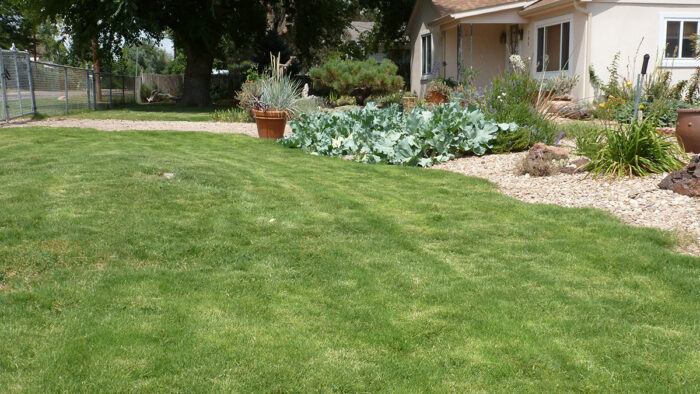
If you’ve looked at current drought maps for the Mountain West, you’ve seen a sea of red, orange, and yellow indicating abnormally dry to severe drought conditions across the region. See this drought monitor map for current information for your specific location. There are rumblings of water restrictions in some cities and states, not to mention the danger of wildfire season.
To save water and money in the landscape, xeriscaping is key. Another way to save on both, as well as time on maintenance, is to convert traditional bluegrass or fescue lawns into alternative lawn areas. There are two general options of plant materials that work well: warm season or native grasses and ground-cover perennials. Click the links in each of the following paragraphs for tips on installing and maintaining each of these lawn types.
Grasses
All of the following grasses require full sun and are drought tolerant. They do not tolerate weedkillers, especially during the growing season.
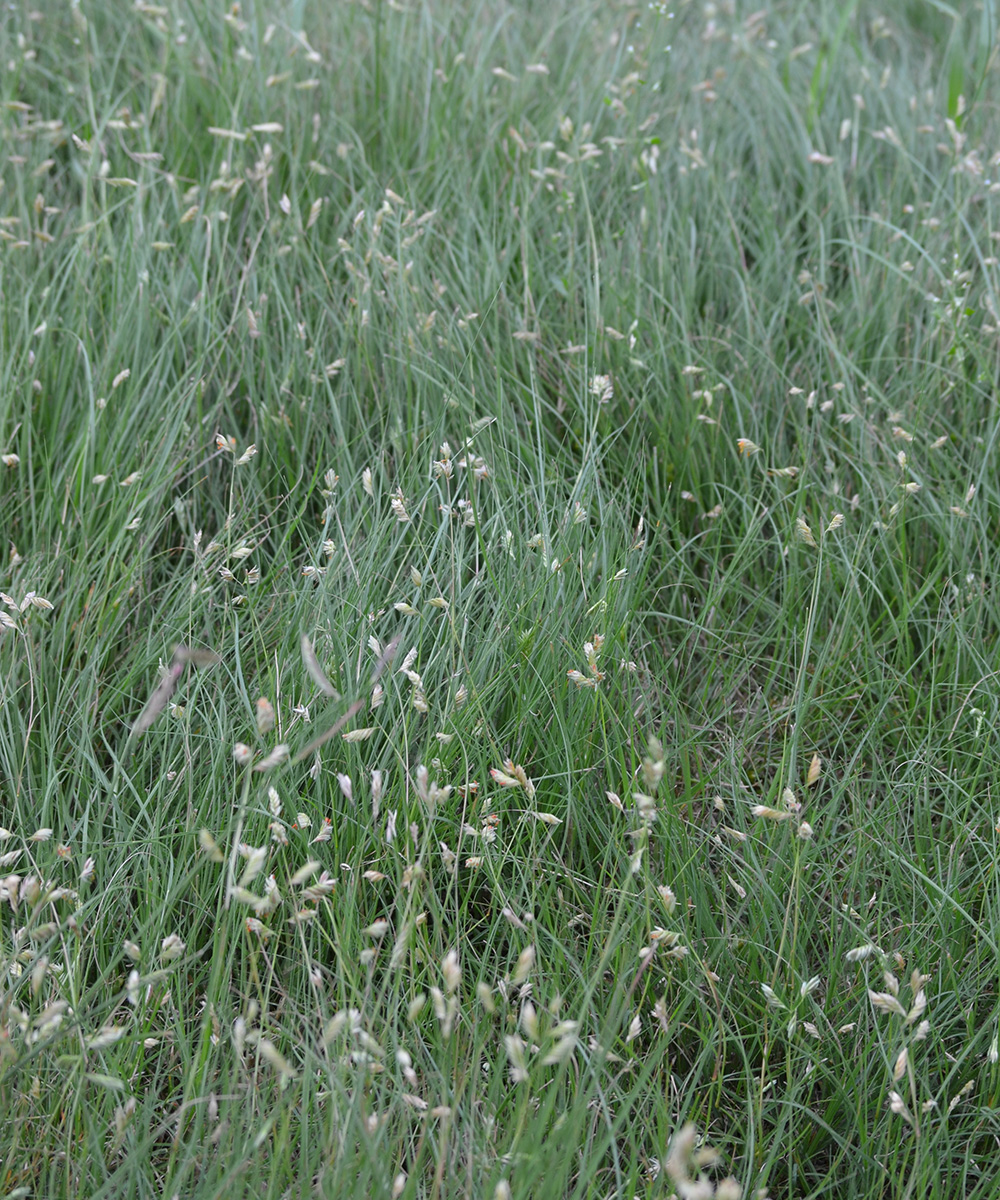
Buffalo grass
Buchloe dactyloides, Zones 4–8
Buffalo grass is a warm-season, perennial grass. It can be grown from seed, plugs, or sod. Seeding is the cheapest way to install it, but it can also be the most frustrating way, as buffalo grass takes a while to establish, giving weeds time to invade. Once established, though, it can survive without irrigation. However, if it is left unirrigated it will go dormant in the summer, so it is best to apply some water during this time. According to the Colorado State University extension service, “Those who choose to plant newer buffalo grass varieties find that their lawn can remain green and attractive on 50-75% percent less irrigation than Kentucky bluegrass, requires less frequent mowing, and thrives when fertilized only once or twice yearly.” For more information on installing this grass as a lawn, visit the CSU extension service page.
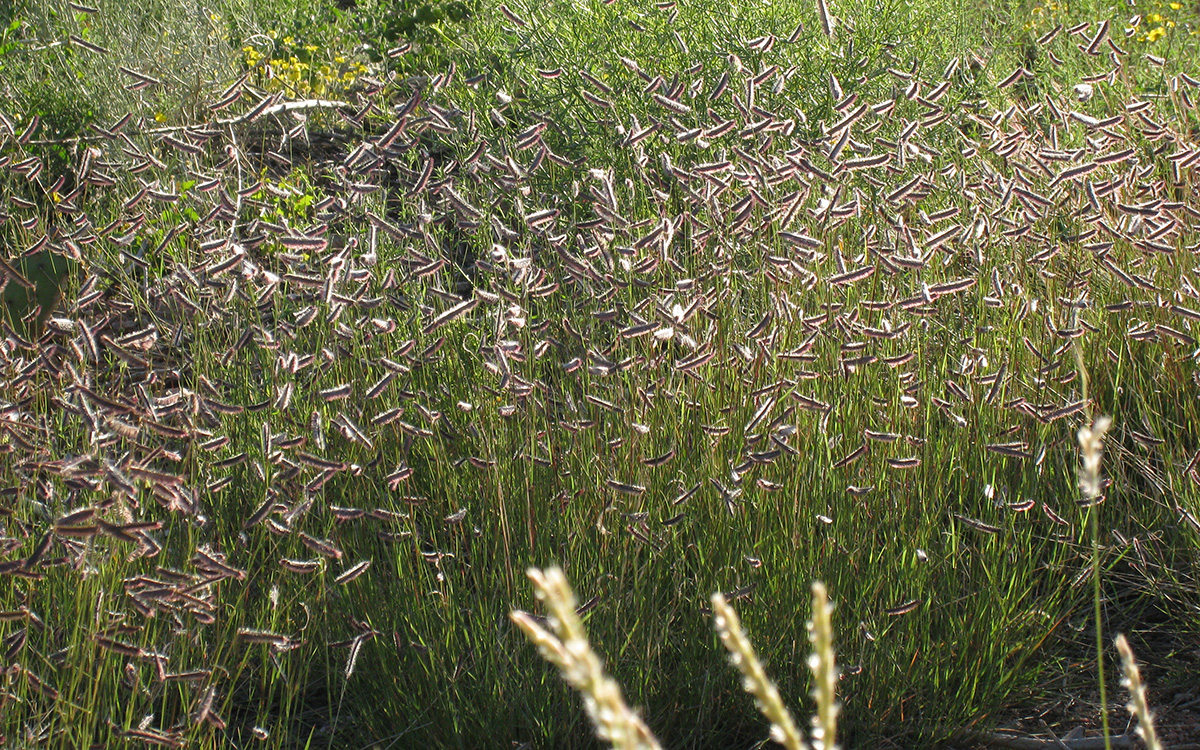
Blue grama grass
Bouteloua gracilis, Zones 3–10
This native bunch grass is found in our prairies, and several varieties are considered ornamental plants in the landscape. But this grass can also be grown as a lawn, requiring minimal water, mowing, and fertilization once established. It can be grown from seed or from plugs. A great source of information for planting this grass as a lawn can be found at High Country Gardens.
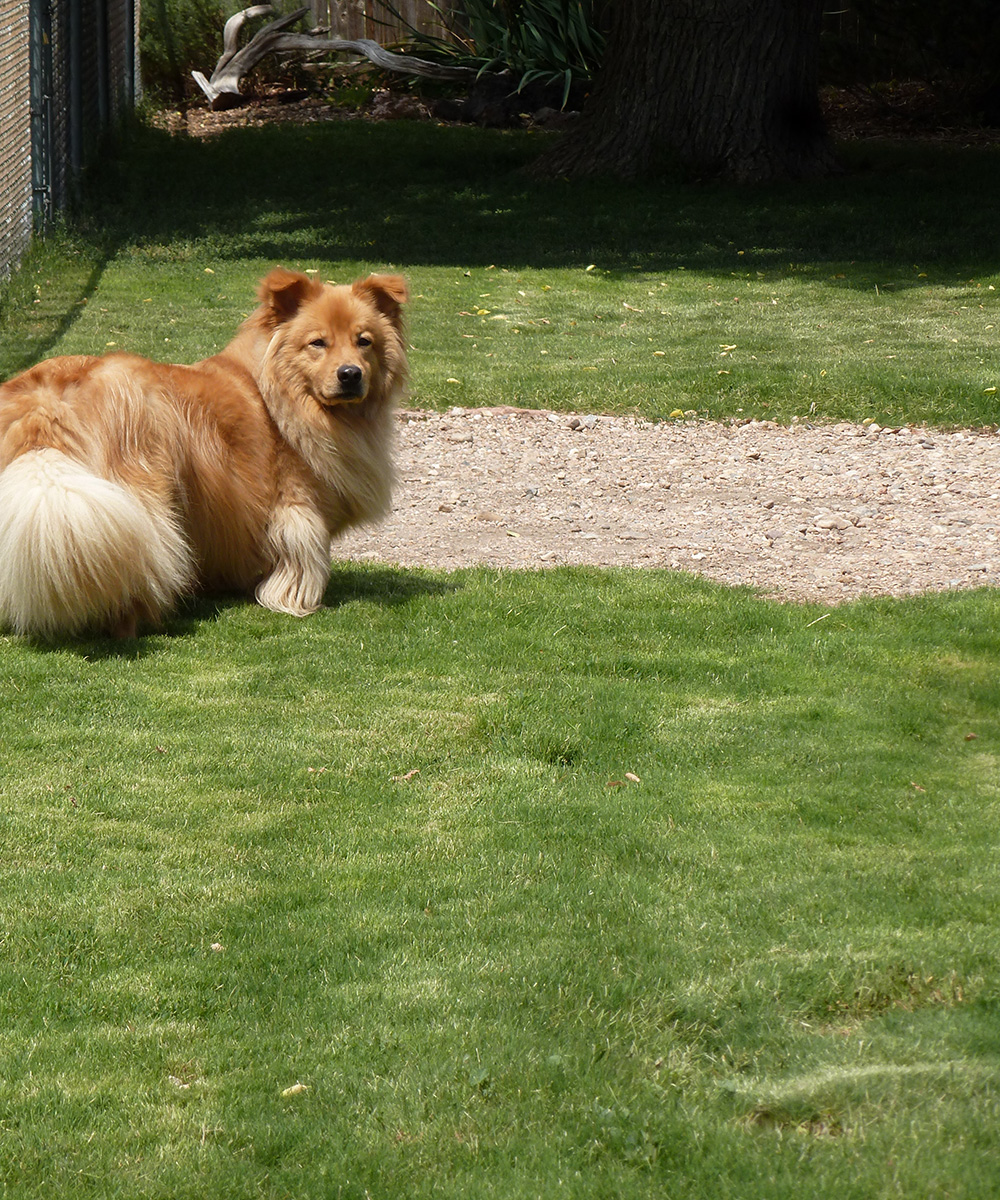
Dog Tuff™ grass
Cynodon ‘PWIN04S’, Zones 5–10
A newer introduction, this grass recovers well from heavy foot traffic and is also resistant to dog urine damage (hence the name!). The variety does not reseed, but spreads through runners. It does not require mowing, as it only grows 2½ to 4 inches tall. This grass is available as plugs. More information about this lawn option is available at Plant Select.
Perennials
Drought-tolerant perennial ground covers provide a different type of green lawn. Again, they require less water, maintenance, and fertilization as compared to traditional lawns.

Thyme
Thymus spp. and cvs., Zones 4–9
Various creeping thymes can cover quite a large area, providing a gray-green carpet throughout the year with the occasional bloom period, depending upon the species or variety. Soil prep is key; you may want to do a soil test and add compost to help improve drainage. I have a small area with thyme in it, and I don’t do a lot to it. It gets irrigation from my drip system, but other than removing some dead growth in the spring, I don’t touch it. Learn more about growing thyme as a lawn at High Country Gardens.
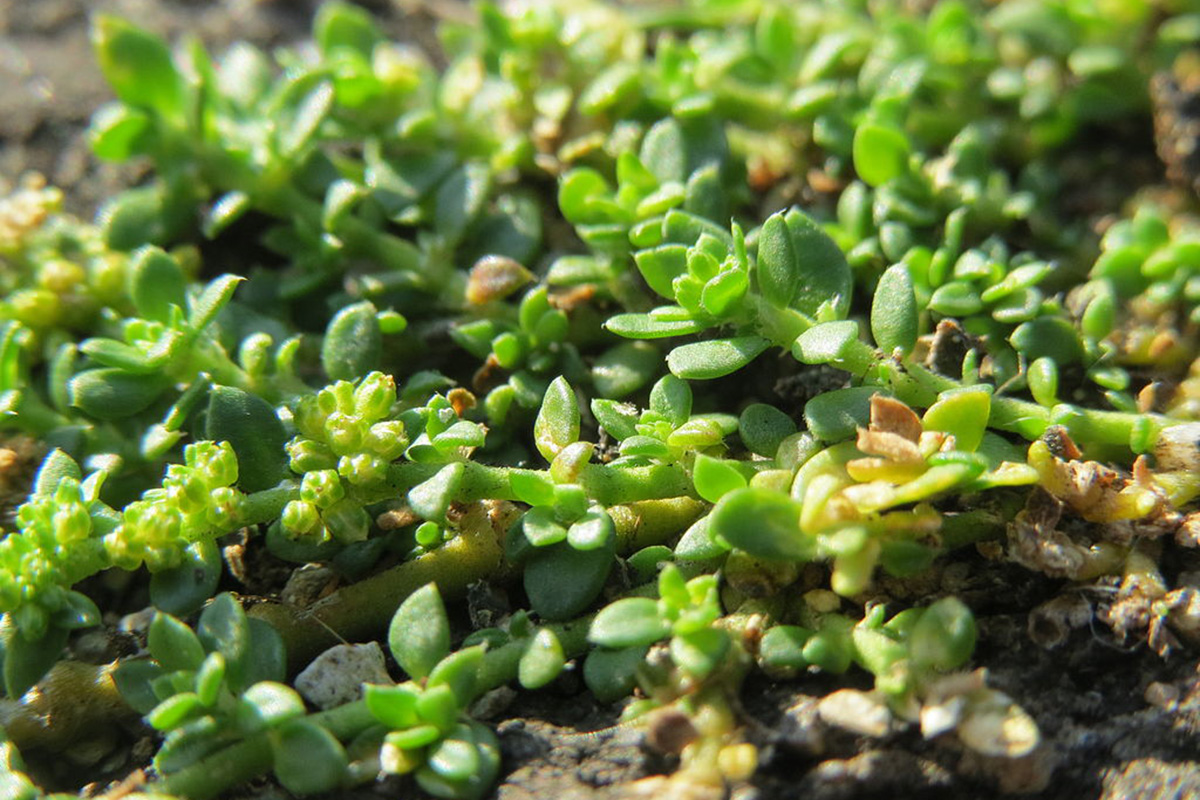
Green carpet rupturewort
Herniaria glabra, Zones 4–11
I have come to love this plant. With its shiny green leaves and low, spreading habit, it makes the perfect lawn in front of a bench in my garden. This plant will tolerate some shade. There are some years I do not water it at all. During one year’s extreme heat I did water it a couple of times. It dies back some each winter, so I cut it back and let it fill in again. It will also take foot traffic. Learn more about growing this ground cover as a lawn at stepables.com.
—Michelle Provaznik is executive director of the Gardens on Spring Creek in Fort Collins, Colorado.





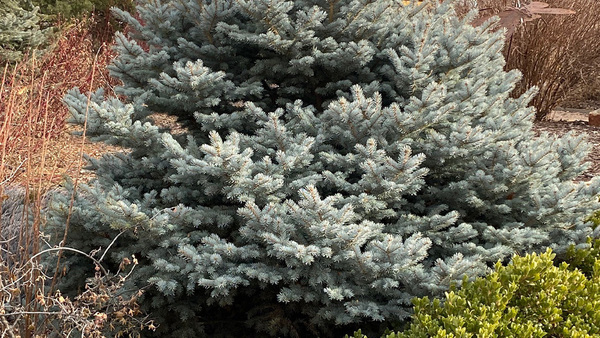












Comments
Most likely grass! i like blue grama grass to reduced our thanks for the tips share.
Log in or create an account to post a comment.
Sign up Log in